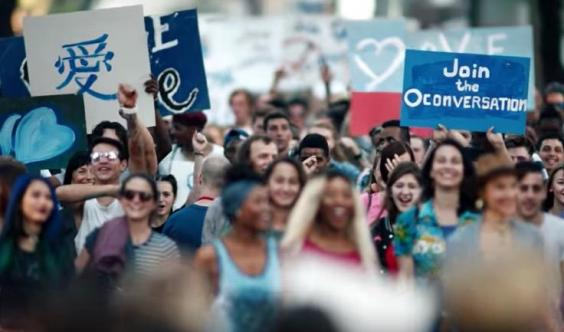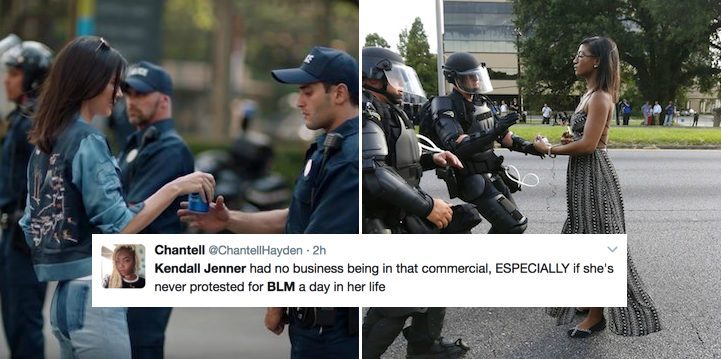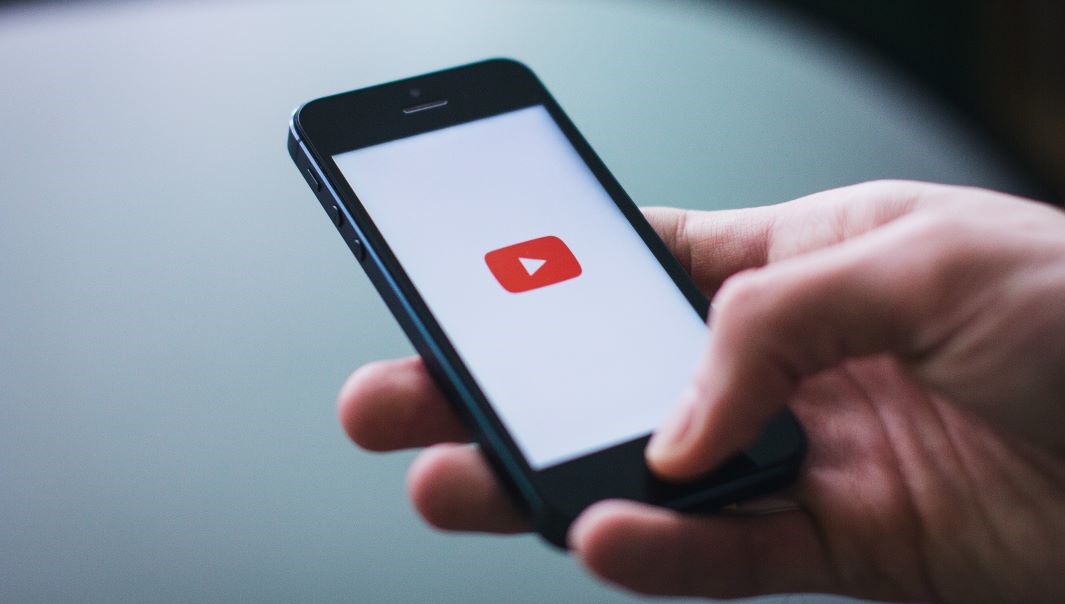Over the last 24 hours, the Pepsi brand has been trending on Twitter for all the wrong reasons . The fizzy pop-peddler put out what just might be the worst ad of all time, and in doing so it might well have flushed a big chunk of its brand equity down the toilet. If you haven’t seen it yet, here it is in all its glory:
The ad seems to almost perfectly encapsulate the very worst kind of bullsh*t you hear being peddled at many industry events, and it’s clear the ad’s creators have bought into a number of myths:
Myth 1: That brands should be everywhere, all of the time.
Whilst we’ve had infomercials and product placement for decades, for the most part it was usually quite obvious when we were being sold to. However, in recent years many marketers seem to have gotten it into their heads that people want to brands have the right to show up and embed themselves in pretty much all things public. Whether it’s the content we consume, or pretty much any public space or event, there seems to be a belief in the marketing industry that it’s okay for brands to go there.
It’s this type of naive thinking — the notion that brands have permission to play a role in pretty much everything we do — that has gotten Pepsi into trouble here. Sure, there was no real protest. But the fact they had the temerity to even consider making this ad is a consequence of the fact that we have pushed the boundaries of what is permissable out way too far. Now Pepsi has been caught with their pants down, looking like the corporate equivalent of the vicar at the school disco.
Myth 2: People want to have conversations with brands.
In the early days of social media there was a particularly prevalent type of snake oil salesman who would tell everyone how ‘the rules had changed’ and that now marketing was all about one-to-one conversations. They’re still around, although these days they’re usually trying to flog some sort of conversation-related vapourware technology or are trying to exploit teen influencers. In reality, most brands are using social media for dealing with complaints and enquiries in a more public way than they were before, whilst paid media continues to the go-to method for reliably reaching audiences at scale.
But the underlying belief that fuels the ‘conversation myth’ is the idea that people actually care about brands, when we know the research says otherwise. A Havas study found that people wouldn’t care if 74 percent of the brands they use disappeared. Read that again. They wouldn’t care if 74 percent of the brands they actually use disappeared, never mind the ones they don’t. Yet still you’ll find marketers who think their core audience will want to have them over for tea and biccies.
The conversation myth creeps into the Pepsi ad. Early on we see a group of people carry banners that adhere to the palette of colours that are undoubtedly clearly outlined in the Pepsi brand style guide. They’re not angry, as this is a positive Pepsi protest where everyone is smiling in unison like Trump had just died, so instead they carry banners that feature marketing-speak like ‘Join the Conversation’.

Well, Pepsi are getting the conversation they asked for, but it’s not about the cool delicious taste of a new generation:
Looks like there was a deleted scene in that #Pepsi ad. #PepsiMoment pic.twitter.com/BYTTAoSvhp
— Stephen Paton ❄️ (@stephenpaton134) April 5, 2017
#PepsiLivesMatter #pepsi #nailedit #marketing #fail pic.twitter.com/zbRYmZ0rl1
— Steamed Nuns (@steamednuns) April 5, 2017
#PepsiLivesMatter #trump pic.twitter.com/Hi8v6ciyAO
— Doug Allen (@deepthoughtDoug) April 5, 2017
Myth 3: That Social Box-Ticking Works
Inclusivity only means something it’s sincere. And even if it isn’t sincere, you need to make it subtle. People are only ever going to cringe when they have a crass box-ticking exercise served up to them, which is precisely what Pepsi delivers here. We get pretty much every race imaginable, a Muslim and even a few transgender women. And models. Thankfully models are well represented. All we’re missing are the morbidly obese and the dentally challenged, which is a brave omission on Pepsi’s part considering they’re the cola-maker’s core audience. Their ‘fans’, if you will.
But you could probably forgive the box-ticking in the belief that it the creator’s heart was in the right place were it not for the final scene, which so clearly co-opts the iconic photo from last year’s Black Lives Matter protest:

But instead of the black female protester, instead we have Kendell Jenner, supermodel and friend of the Kardashians, who approaches the policeman to give him a Pepsi, at which point he smiles and everyone cheers because Pepsi has brought them together. It’s ridiculous to the point where it’s hard to fathom how they managed to film that scene without the actors vomiting in unison.
Bear in mind that the Black Lives Matter movement has been protesting the fact that police across the US continue to shoot black people — often for no reason at all — on a very regular basis. So the idea of swapping out the black woman for a white supermodel, who bridges the gap with the police via the medium of Pepsi, is just wrong on so many levels. Offensive? Probably not. Insensitive and utterly moronic. Most certainly.




